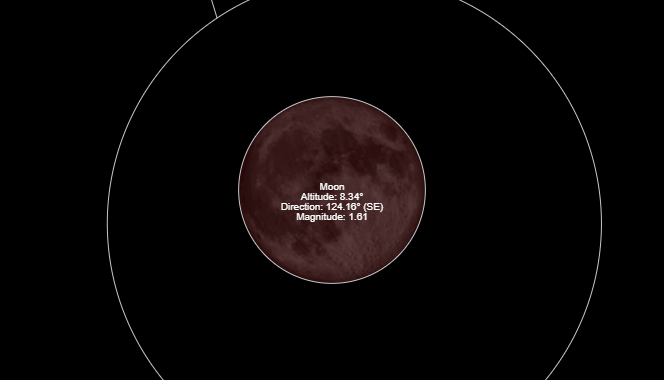A total lunar eclipse takes place when the Earth comes between the Sun and the Moon and covers the Moon with its shadow. When this happens, the Moon can turn red, earning it the nickname of Blood Moon.
This Friday, July 27, from 19:14 hours, you will be able to see the total eclipse of the moon.This moon phase will last about 4 hours, during which time the Earth will darken the Moon completely when it comes between it and the Sun.
The eclipse will be visible from a large part of Africa, Asia and Europe.
Only at Full Moon
Total lunar eclipses happen only when:
- The Sun, Earth, and Moon are in a straight line,
- and there is a Full Moon.
7 Stages of the Eclipse
A total lunar eclipse usually happens within a few hours. Totality can range anywhere from a few seconds to about 100 minutes. The July 26, 1953 total lunar eclipse had one of the longest periods of totality in the 20th century—100 minutes and 43 seconds.
There are 7 stages of a total lunar eclipse:
- Penumbral eclipse begins: This begins when the penumbral part of Earth’s shadow starts moving over the Moon. This phase is not easily seen by the naked eye.
- Partial eclipse begins: Earth’s umbra starts covering the Moon, making the eclipse more visible.
- Total eclipse begins: Earth’s umbra completely covers the Moon and the Moon is red, brown, or yellow in color.
- Maximum eclipse: This is the middle of the total eclipse.
- Total eclipse ends: At this stage, Earth’s umbra starts moving away from the Moon’s surface.
- Partial eclipse ends: Earth’s umbra completely leaves the Moon’s surface.
- Penumbral eclipse ends: At this point, the eclipse ends and Earth’s shadow completely moves away from the Moon.
Where Can I See a Total Lunar Eclipse?
Almost everyone on the night side of Earth can see a total eclipse of the Moon. Because of this, most people have higher chances of seeing a total lunar eclipse than a total solar eclipse, even though both occur at similar intervals.



